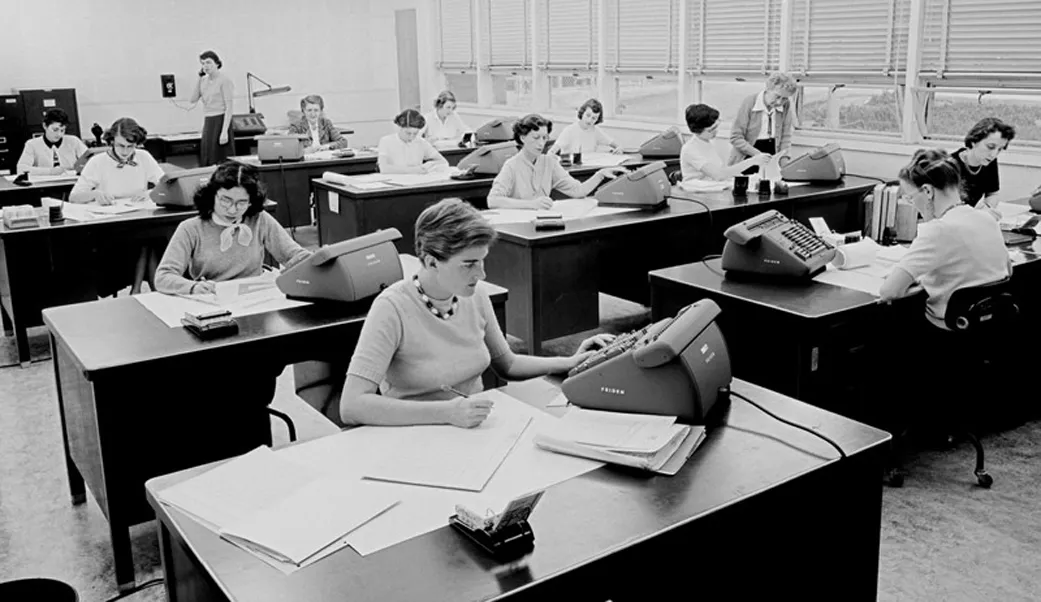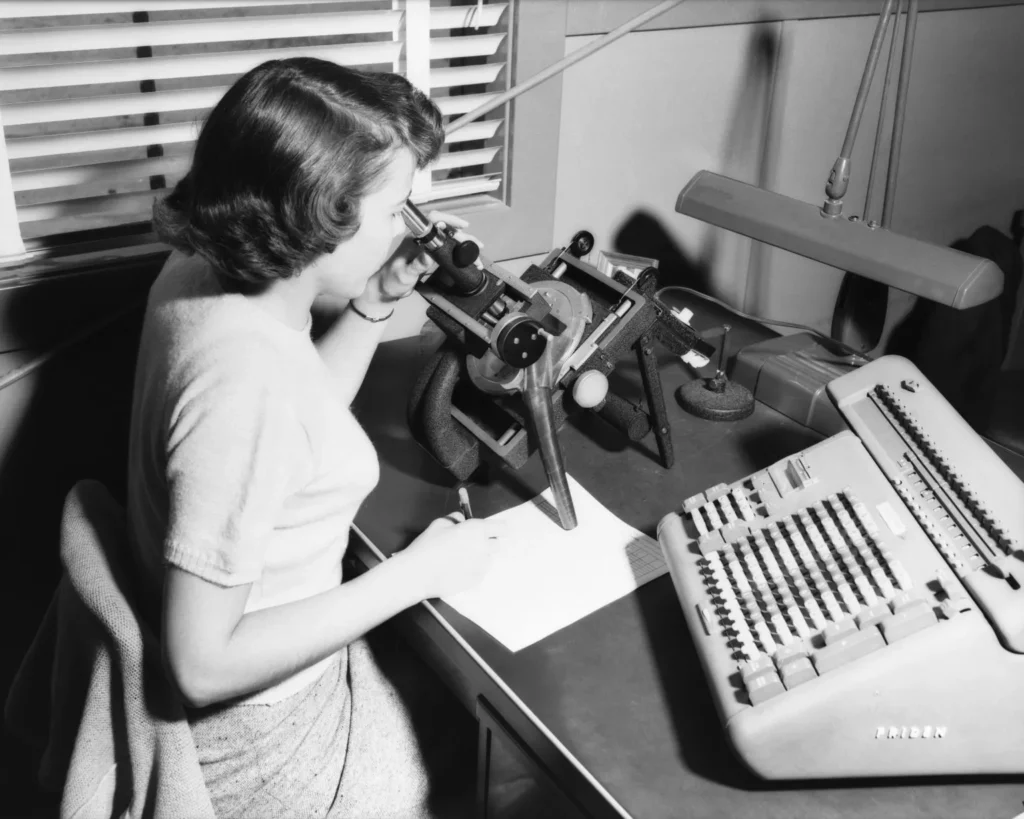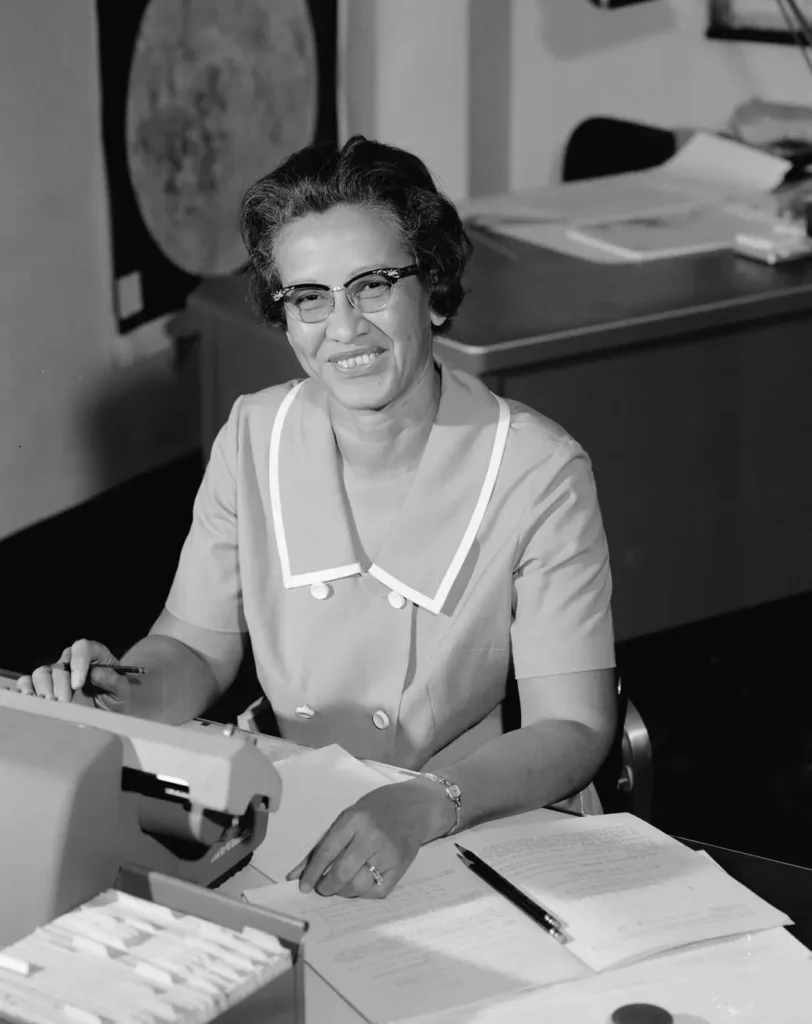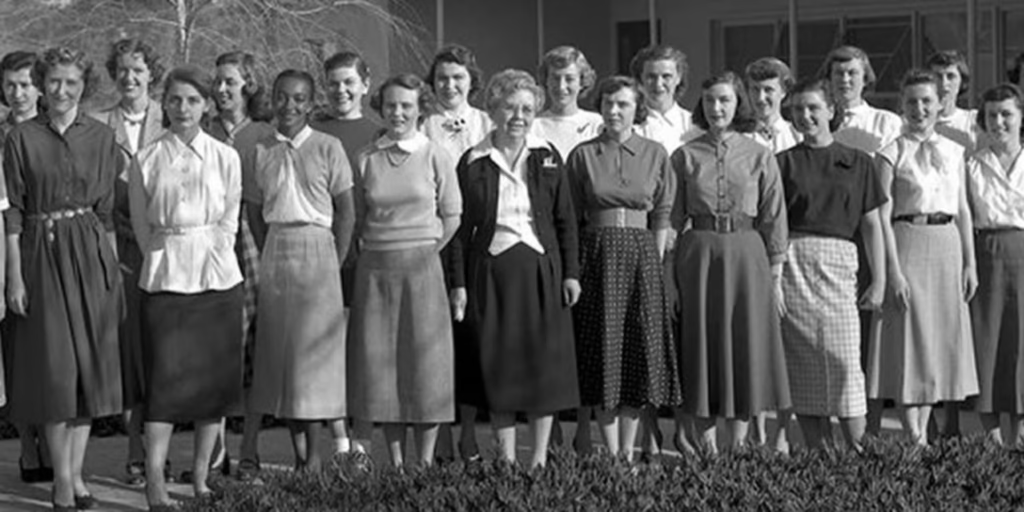“The Women Who Launched NASA: The Story of Human Computers”

Before digital computers defined the space age, women were the original computers—not machines, but highly skilled mathematicians who calculated the complex equations that would launch rockets, guide spacecraft, and lay the foundation for the U.S. space program. These women, often overlooked in history, played a crucial role in America’s journey to space, particularly during the early years of NASA and its predecessor, NACA (National Advisory Committee for Aeronautics). Their story is one of quiet brilliance, resilience in the face of systemic barriers, and a legacy that continues to inspire generations.
The Term “Computer” Before Machines
In the early 20th century, the word “computer” referred not to a machine, but to a person who performed computations. At organizations like NACA (founded in 1915), human computers—many of them women—worked in large rooms performing tedious, precise calculations by hand or with mechanical tools like slide rules and adding machines. These calculations were essential for understanding flight dynamics, wind tunnel data, propulsion systems, and, eventually, space trajectories.
Women were hired in part due to the high demand for mathematically skilled workers during World War II and later the Cold War. They were considered efficient, meticulous, and less expensive to employ than men—though their work was no less critical.
Langley Research Center and the West Area Computers
One of the most significant chapters in this story unfolded at Langley Research Center in Virginia. During World War II and beyond, NACA hired hundreds of women as human computers, including a group of African American women who were assigned to a segregated unit known as the West Area Computers. These women, many of whom had degrees in mathematics and physics, performed calculations that would be crucial to aeronautical research.
Working under Jim Crow laws, these Black women faced both racial and gender discrimination, yet their technical contributions were instrumental. Among them were pioneers like Dorothy Vaughan, Mary Jackson, and Katherine Johnson, whose stories were later brought to global attention through the book and film Hidden Figures.
Transition from NACA to NASA
In 1958, NACA was transformed into NASA (the National Aeronautics and Space Administration), ushering in the space race era. With this came even more complex mathematical demands—orbital mechanics, launch windows, re-entry angles, and rocket propulsion—all of which required immense precision. The women human computers, now part of NASA’s workforce, transitioned smoothly into this new era, often surpassing their male counterparts in competence and dedication.
Their calculations supported Project Mercury (NASA’s first human spaceflight program), Project Gemini, and later, the historic Apollo missions. Despite limited recognition at the time, these women were at the very center of the technological feats that allowed the U.S. to send astronauts into space and eventually land on the Moon.
Katherine Johnson: A Standout Mind
Among the many brilliant women, Katherine Johnson became one of the most iconic. Johnson’s trajectory calculations for John Glenn’s 1962 Friendship 7 mission were so trusted that Glenn personally requested she verify the computer’s results before he would agree to fly. Johnson’s work extended to the Apollo 11 Moon landing and helped ensure the safe return of astronauts from various missions. In 2015, President Barack Obama awarded her the Presidential Medal of Freedom, America’s highest civilian honor.


Dorothy Vaughan and Mary Jackson: Breaking Barriers
Dorothy Vaughan became the first African American supervisor at NACA and was a leader in adapting to new electronic computers, helping her team transition from manual calculation to programming. She was an early expert in FORTRAN, one of the first computer programming languages used at NASA.
Mary Jackson broke new ground by becoming NASA’s first Black female engineer. She had to petition the city of Hampton, Virginia, to attend segregated night classes to qualify for her role. Her engineering work focused on wind tunnel experiments and improving aircraft design, and she later worked to advocate for women and minorities in science and engineering.
The Decline of Human Computers and the Rise of Machines
As NASA embraced digital computers in the 1960s and 70s, the role of human computers began to fade. However, many of these women adapted by learning programming and systems analysis, becoming pioneers in the transition to computer-based space science.
The early women of NASA thus not only advanced the fields of mathematics and aerospace engineering, but also bridged the human-to-digital shift in the most cutting-edge scientific work of the 20th century.
Legacy and Recognition
For decades, the vital contributions of these women were largely unrecognized. It was not until the 2010s that the broader public began to learn about their stories, thanks to historians, journalists, and authors like Margot Lee Shetterly, who wrote Hidden Figures.
In recent years, NASA has taken steps to honor their legacy. In 2016, the Katherine G. Johnson Computational Research Facility was named in her honor. Mary Jackson’s name was added to NASA’s Washington headquarters in 2021. These acknowledgments are long overdue but crucial in understanding that the space race was not only won by astronauts, but also by the brilliant minds on the ground—many of them women, and many of them Black women.
Conclusion
The story of NASA’s human computers is one of quiet heroism, brilliance under pressure, and persistent struggle against social injustice. These early women of NASA were more than background figures; they were pioneers, scientists, and innovators who shaped the very course of American space history. Their legacy reminds us that the pursuit of knowledge and exploration is not just about technology or astronauts, but about the people whose unrecognized genius made it all possible.





